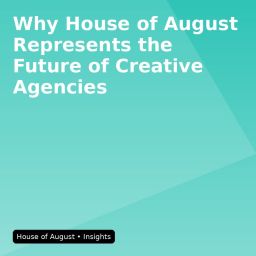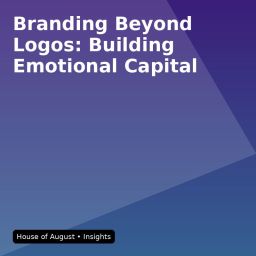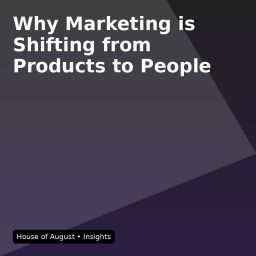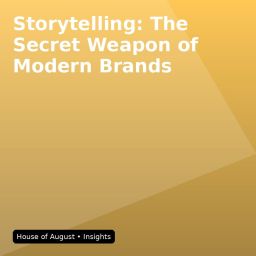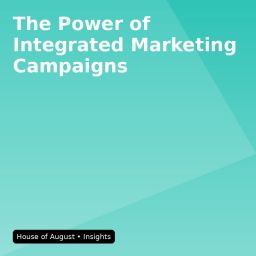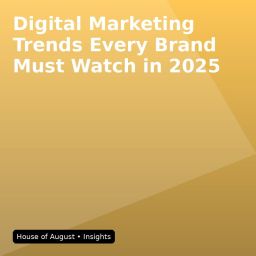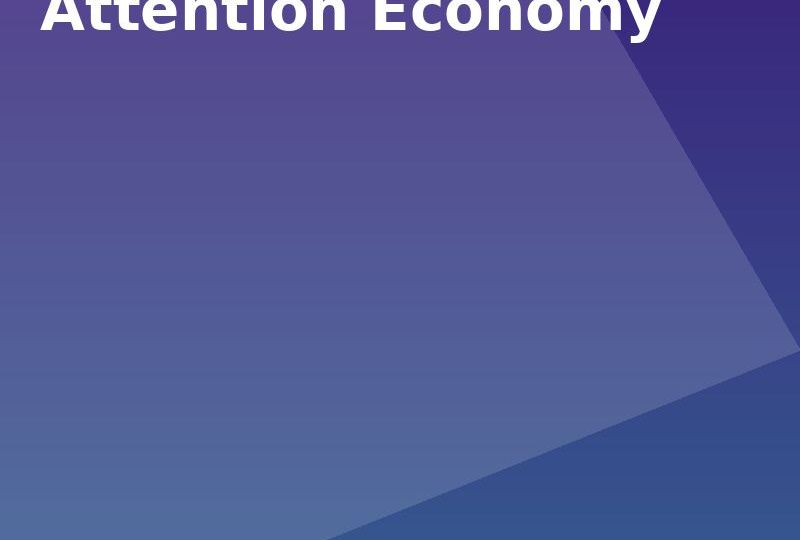
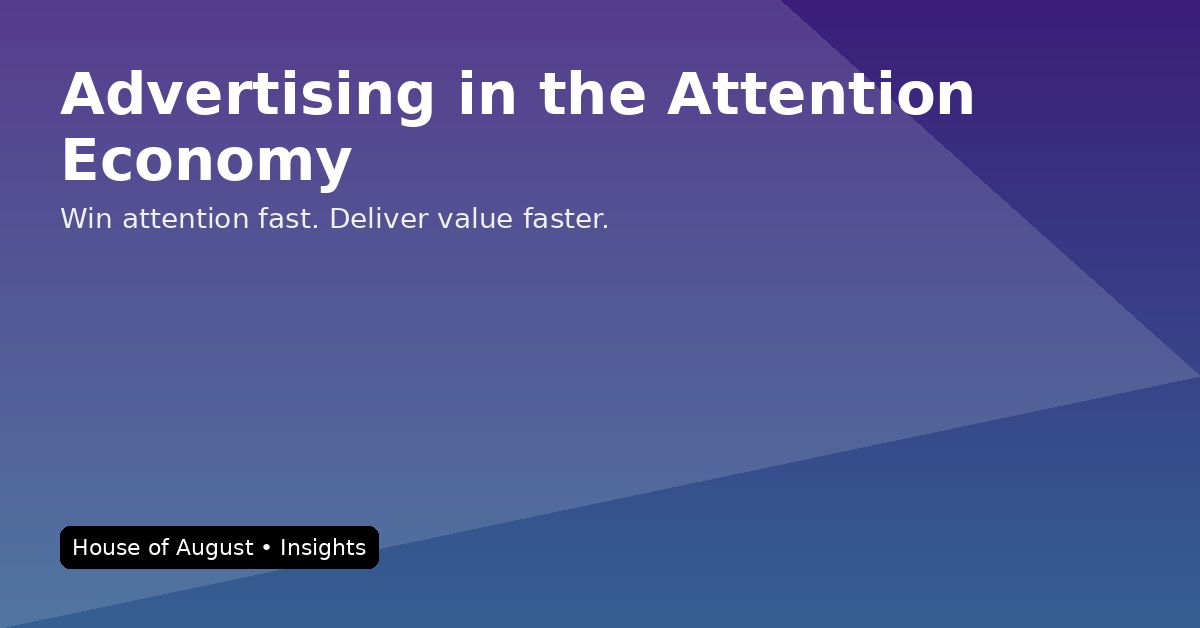
We live in what experts call the attention economy, where time, focus, and engagement are the most valuable currencies. Every brand competes not only with competitors but also with social media feeds, emails, apps, and other digital distractions vying for consumer attention. In such a landscape, advertising can no longer rely on interruption. It must capture interest quickly, deliver value, and create a lasting impression.
Traditional advertising methods, such as TV commercials, print ads, and cold calls, were often designed for mass reach rather than targeted engagement. They assumed that exposure alone would drive action. Today, the rules have changed. Consumers have become selective, skimming content, muting ads, and scrolling past irrelevant messaging. According to a Microsoft study, the average human attention span is now just 8.25 seconds—shorter than that of a goldfish. For advertisers, this statistic is a stark reminder that every second and every frame counts.
Digital platforms have transformed both how ads are delivered and how they are consumed. Social media channels like Instagram and YouTube prioritize short-form, visually engaging, and interactive content. Micro-stories, reels, memes, and polls dominate, requiring brands to condense messaging into concise, emotionally resonant formats. Success in this environment demands creativity, strategic targeting, and deep audience understanding. Brands that fail to adapt risk being ignored, while those that innovate can thrive even with limited budgets.
House of August understands the unique challenges and opportunities of the attention economy. They approach campaigns by blending design thinking with storytelling, ensuring that every message resonates immediately. For instance, a social media ad for a lifestyle brand may combine striking visuals, concise copy, and an interactive element, allowing audiences to engage without delay. By focusing on relevance and personalization, the agency helps brands cut through digital clutter and forge meaningful connections with their audience.
Attention-driven advertising also emphasizes value. Consumers are more likely to engage with content that entertains, informs, or inspires. Thoughtful campaigns that respect the audience’s time and deliver a tangible takeaway perform significantly better than generic promotional messaging. This shift has also created opportunities for experiential marketing, influencer partnerships, and immersive digital campaigns, where engagement is built on experience rather than mere exposure.
Another essential aspect of advertising in the attention economy is measurement. Brands must continuously track engagement metrics, attention patterns, and audience behavior to refine campaigns in real-time. By analyzing what works and what does not they can allocate resources more effectively, optimize messaging, and maximize ROI. House of August integrates analytics into the creative process, ensuring that campaigns are both visually compelling and performance-driven.
In conclusion, advertising today is less about broadcasting and more about capturing and sustaining attention in a highly distracted world. Brands that succeed are those that understand their audience, deliver relevant and emotionally resonant messaging, and leverage modern platforms effectively. House of August illustrates how creativity, strategy, and analytics can combine to navigate the attention economy, producing campaigns that not only get noticed but also drive meaningful engagement. In an era where attention is scarce, the ability to connect in seconds is what separates memorable brands from forgettable ones.
